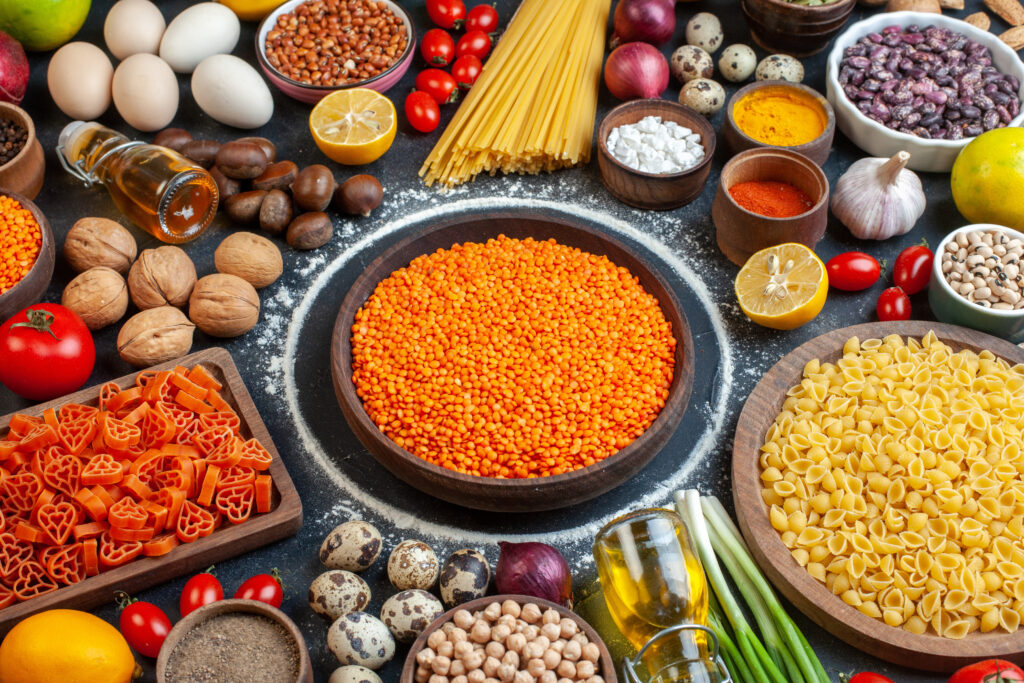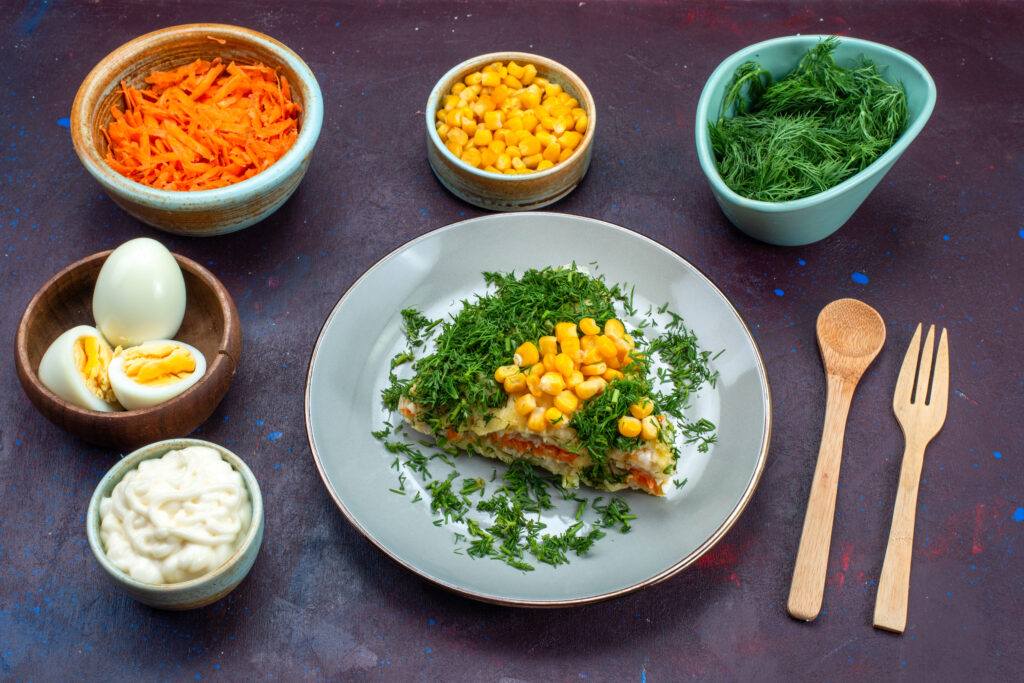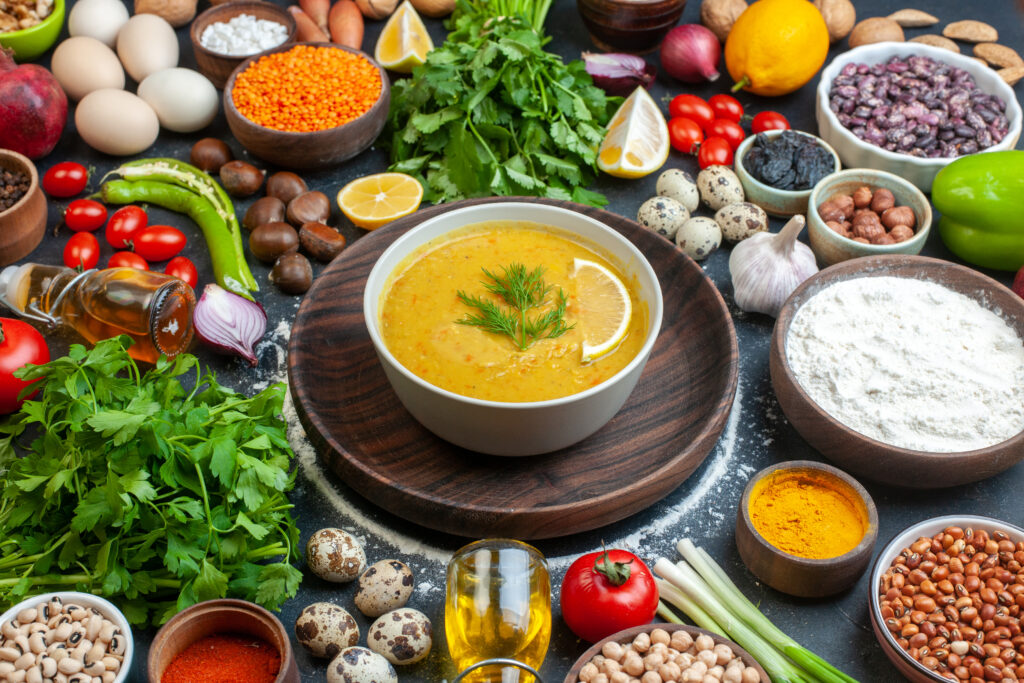How to Introduce Solid Foods to a Baby
It’s a thrilling milestone when your baby starts eating solid foods! Babies are typically prepared to try various flavours and textures in addition to breast milk or formula about six months of age so you need to know How to Introduce Solid Foods to a Baby. To find any allergies, start with single-ingredient purees, such as boiled carrots or mashed bananas. Introduce a range of nutrient-dense foods gradually, such as grains, veggies, and soft fruits. Make sure the feeding area is cosy, and let your infant to experiment with flavours at their own speed. Serve minimal quantities and refrain from adding sugar or salt. As they get older, encourage them to give themselves safe finger foods. Recall that mealtimes need to be enjoyable and stress-free. Since each infant is unique, exercise patience and relish this joint exploration!

When Solid Foods Should Be Introduced
Around six months of age is when the American Academy of Paediatrics (AAP) advises introducing solid foods. Prior to this, your kid gets all the nutrition they require from breast milk or formula. Delaying meals past six months may result in vitamin shortages, while starting solids too early (before four months) can raise the risk of allergies, digestive problems, and choking that’s why know How to Introduce Solid Foods to a Baby.
- Indications Your Infant Is All Set for Solid Foods
Although each baby develops at a different rate, there are certain telltale indicators that your child is ready for solid foods:
- Head Control: Your infant is capable of steadily raising their head.
- Sitting Up: They require little assistance to sit.
- Food Interest: When you eat, they open their lips or grab for your food, demonstrating their interest in what you’re eating.
- Tongue Thrust Reflex: The reflex known as the tongue thrust, which forces food out of the mouth, has weakened.
- Enhanced Appetite: Despite nursing or formula feeding, they still appear hungry.
Crucial Equipment and Materials
Before you begin, collect these necessities:
- High Chair: A strong, hygienic high chair that comes with a safety harness.
- Baby Spoons: To shield your baby’s gums, use spoons with soft tips.
- Small Bowls: These are easily cleaned, non-breakable bowls.
- Bibs: To collect spillage, use silicone or cloth bibs.
- Food processor or blender: For creating homemade purees.
- Storage containers or ice cube trays: Used to keep homemade infant food.
- Sippy Cup: To serve water alongside meals.
- The First Foods to Be Introduced
Start with foods that are easy to digest and only include one component. Among the excellent first foods are:
- Rice Cereal: A popular first food that is fortified with iron.
- Puréed Vegetables: Squash, carrots, and sweet potatoes are easy on the stomach.
- Puréed Fruits: Sweet and easily digested, apples, pears, and bananas are all good options.
- Avocado: Easy to mash and high in good fats.
Note: Steer clear of seasoning your baby’s food with salt, sugar, or spices

5. A Comprehensive Guide to Presenting Solids
1: Begin by making purees with only one ingredient.
- Start with just one or two teaspoons of purée.
- Serve the puree once daily, preferably when your infant is content and not particularly hungry.
- Let your infant experiment with the flavour and texture using a spoon with a gentle tip.
- Keep an eye out for symptoms of allergies, such as diarrhoea, vomiting, or rashes. (If you see the symptoms should meet with a doctor)
2: Gradually Introduce New Foods
- To assist you find any possible allergies or intolerances, introduce one new meal at a time and wait three to five days before adding another.
- As your infant becomes accustomed to eating solid foods, gradually increase the amount.
3: Advance to Foods with Textures
- Introduce thicker purees and mashed foods at the age of seven to eight months.
- To aid with your baby’s chewing development, you can also combine purees with tiny, tender lumps.
4: Introduce Finger Foods
- At 8 to 9 months, start introducing soft finger foods like avocado, steamed carrots, and tiny banana pieces.
- To avoid choking, keep an eye on your infant at all times as they eat.
5: Promote Self-Feeding
- Your infant may express interest in feeding herself by the time they are 9 to 12 months old.
- Let them practise using a spoon by providing finger foods.

6. Foods to Steer Clear of in Your First Year
Certain meals are unsafe or inappropriate for infants younger than one year old:
- Honey: Botulism risk.
- Cow’s milk: Deficient in vital nutrients and perhaps difficult to digest.
- Popcorn, hard sweets, whole nuts, and grapes are all choking hazards.
- Babies’ diets shouldn’t contain added sugar or salt.
7. Allergenic Foods: How to Introduce Them Safely
Common allergenic foods include peanuts, eggs, dairy, and shellfish. To introduce them safely:
- Start with a small amount and watch for reactions.
- Introduce one allergenic food at a time.
- Consult your pediatrician if you have a family history of allergies
- Advice for Having a Good Feeding Experience
- Have patience: Your infant might not accept a new food right away.
- Make Meals Fun:Make meals enjoyable by using vibrant plates and cutlery.
- Eat Together: Babies gain up knowledge by observing you eat.
- Avoid Force-Feeding:Don’t force your infant to eat; instead, let them choose how much to consume.
Typical Problems and Their Fixes
- Refusal to Eat: Either try the food again later or combine it with something else they enjoy.
- Gagging: As infants learn to eat, this is common. Remain composed and give them time to resolve it.
- Messy Meals: To facilitate cleanup, use a bib and a splat mat.
10.Schedule for Sample Feeding
A sample routine for a child aged 6 to 9 months is as follows:
- Breakfast: formula or breast milk.
- Mid-morning: two to three teaspoons of fruit puree.
- Lunch: formula or breast milk.
- In the afternoon: two to three teaspoons of vegetable puree.
- Supper: formula or breast milk.
- Formula or breast milk before bed.
Guidelines for Infant Nutrition
- Iron: Vital for the growth of the brain. Serve pureed meats and cereals fortified with iron.
- Good Fats: Fatty salmon, avocado, and olive oil promote brain development.
Vitamins and Minerals: Vital nutrients are found in fruits and vegetables.

FAQ’s
- Can I prepare baby food on my own?
A: Indeed! Making your own baby food gives you control over the ingredients and is more affordable. - How can I determine whether my infant has a food allergy?
A: Keep an eye out for signs such as breathing difficulties, vomiting, swelling, or hives. If you think you may have an allergy, call your paediatrician right away. - What happens if my infant dislikes solid foods?
A: baby’s need for time to acclimatise is typical. Continue to provide a range of dishes without feeling obligated. - When will my infant be able to share family meals?
A: Most infants are able to consume modified family dinners by the time they are 12 months old. - Why need to know How to Introduce Solid Foods to a Baby?
Due to perform perfectly with your baby solid food.
